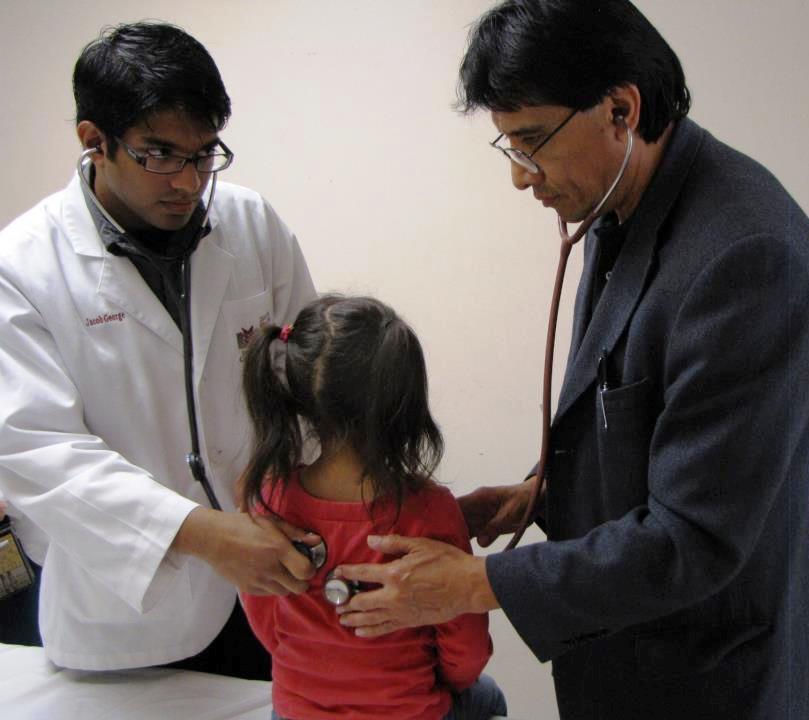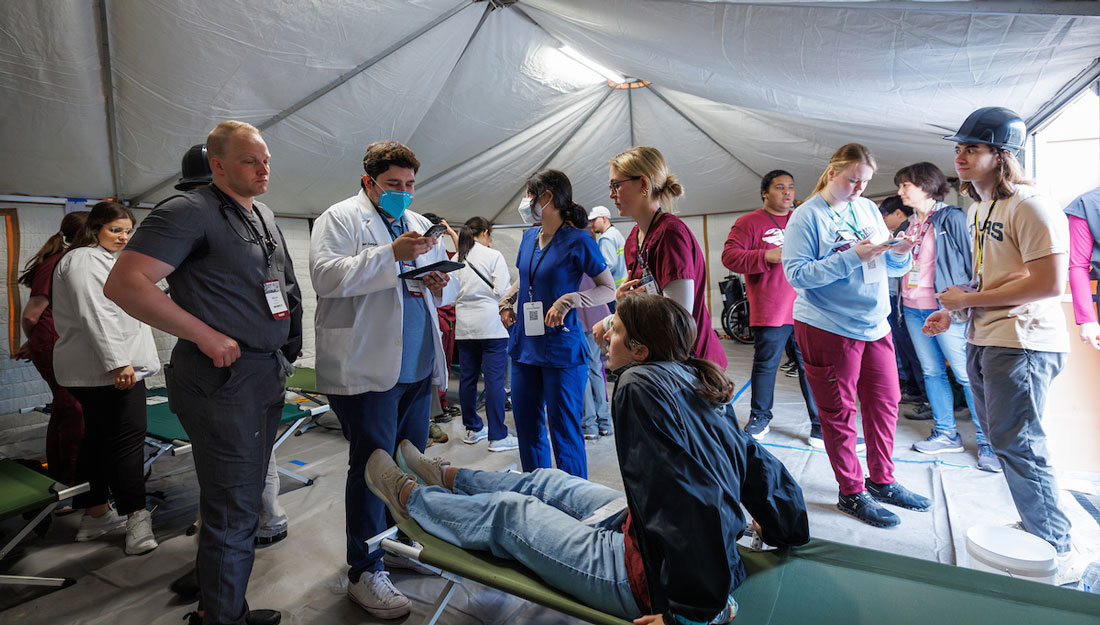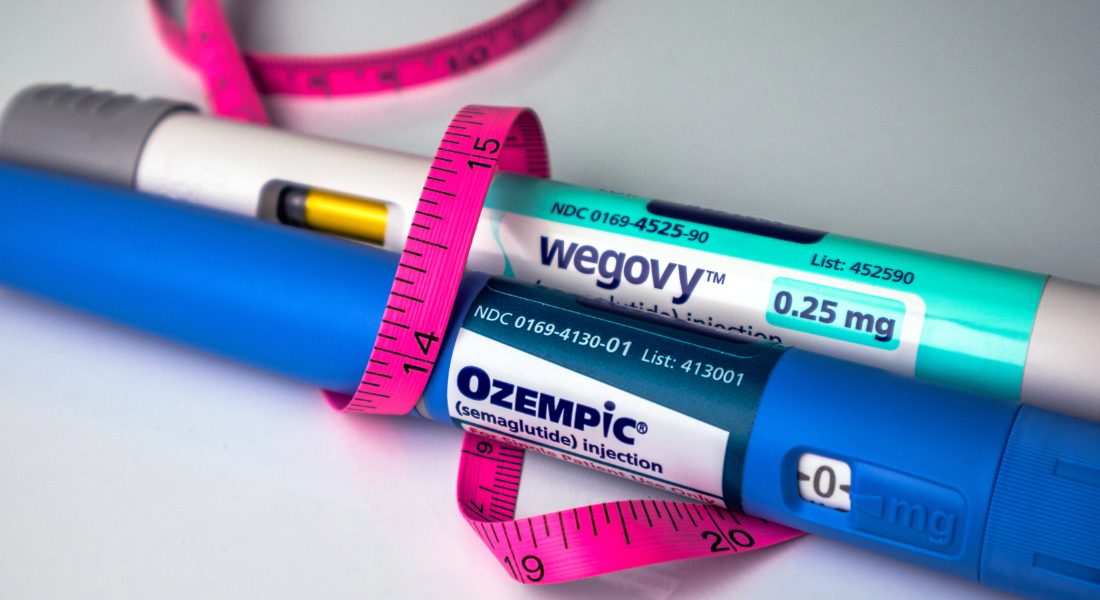Student pharmacists reach underserved through interprofessional patient care


Underserved is just a word, until professional student pharmacists see it, feel it and hear it in their hands-on patient care experiences in South Texas.
The American Pharmacists Association Academy of Student Pharmacists (APhA-ASP) chapter at Texas A&M Health Science Center Irma Lerma Rangel College of Pharmacy developed Project SHINE, or Service & Help through Interprofessional Networking Experience, in 2013. Project SHINE is an interactive health clinic that focuses on servicing indigent populations in the Rio Grande Valley while helping students gain hands-on patient care experience.
Justin Redding, Class of 2013 and 2011- 2012 APhA-ASP chapter president, inspired members to serve their community and advocate for their profession.
“He was passionate about providing health care services to the colonias in South Texas,” said Aivee Tabangcora, fourth-year professional student pharmacist and 2013 APhA-ASP chapter president. “So he gathered contacts and created plans to set up a free clinic in the colonias. Because of his hard work in this project, APhA-ASP operated the first mini-clinic in April.”
More than 50 patients in the underserved city of Alton, Texas, were reached by students with Project SHINE in April 2013.
Project SHINE will continually focus on serving the rural cities of South Texas. The Project SHINE clinic allows for collaboration and opportunities between medical, nursing, dental, physician assistant and pharmacy students. All participants are supervised by licensed physicians, nurses and pharmacists.
The opportunity to participate at the Project SHINE clinic was beneficial and life-changing for the individuals who participated. Some students had experiences that were eye-opening and humbling due to the living conditions in Hidalgo County, one of the largest Medicaid and unemployed areas in the U.S.
“While I was sitting in one of the small groups, our patients were a mother and her 10-year-old daughter,” said Melissa A. Hinojosa, a third-year professional student pharmacist who shared her experiences from the Project SHINE clinic setup in Alton. “The focus of the patient interaction was on the daughter, who had been experiencing back pain for two weeks.”
The students knew back pain can be caused by a variety of things, so they began asking pertinent questions to help solve the problem.
“When it came to my turn to ask a question,” Hinojosa said. “I simply asked, ‘How are you sleeping at night? Is your bed comfy?’ This is a standard question, but the answer was not what I was expecting. The daughter told me she slept on the floor because she did not have a bed to sleep on.

“I was taken aback when I heard this from such a young, inspired girl. What was even more difficult to grasp was how her answer to this was nothing out of the ordinary for her, it seemed as though she had no idea she should have the luxury of having her own bed.”
At the event, professional student pharmacists from the Texas A&M Rangel College of Pharmacy were able to integrate in-school training and knowledge with hands-on patient care interactions. The event started with patients who had limited health care. These patients were scheduled to arrive at the event at a particular hour, where a welcoming committee greeted them.
Patients were then sent to a triage location. There, they were screened for blood pressure, blood glucose levels, a total cholesterol panel, and for A1C, a common blood test used to diagnose diabetes.
After departing triage, the patient continued to smaller group consisting of three professional students from each college—pharmacy, medicine, and nursing. Once in this group, the students were able to review multiple symptoms from the patient. In most cases, those from the Texas A&M Health Science Center College of Medicine would perform a physical examination by checking lymph nodes, eyes, and ears, while the professional student pharmacists analyzed the patient’s current medications.
The students would then collaborate using the information they had gathered from the interaction with the patient and suggest outcomes and goals.
With the success from the first event, the Texas A&M Rangel College of Pharmacy APhA-ASP chapter desires to continue the Project SHINE service in the coming years. The goal for the upcoming Project SHINE event in November is to impact the lives of 80 patients in the rural city of La Joya, Texas. The services that will be provided range from blood pressure and cholesterol screenings to diagnosis analysis.
Story by Art Niño, junior English major at Texas A&M University-Kingsville.
Media contact: media@tamu.edu


